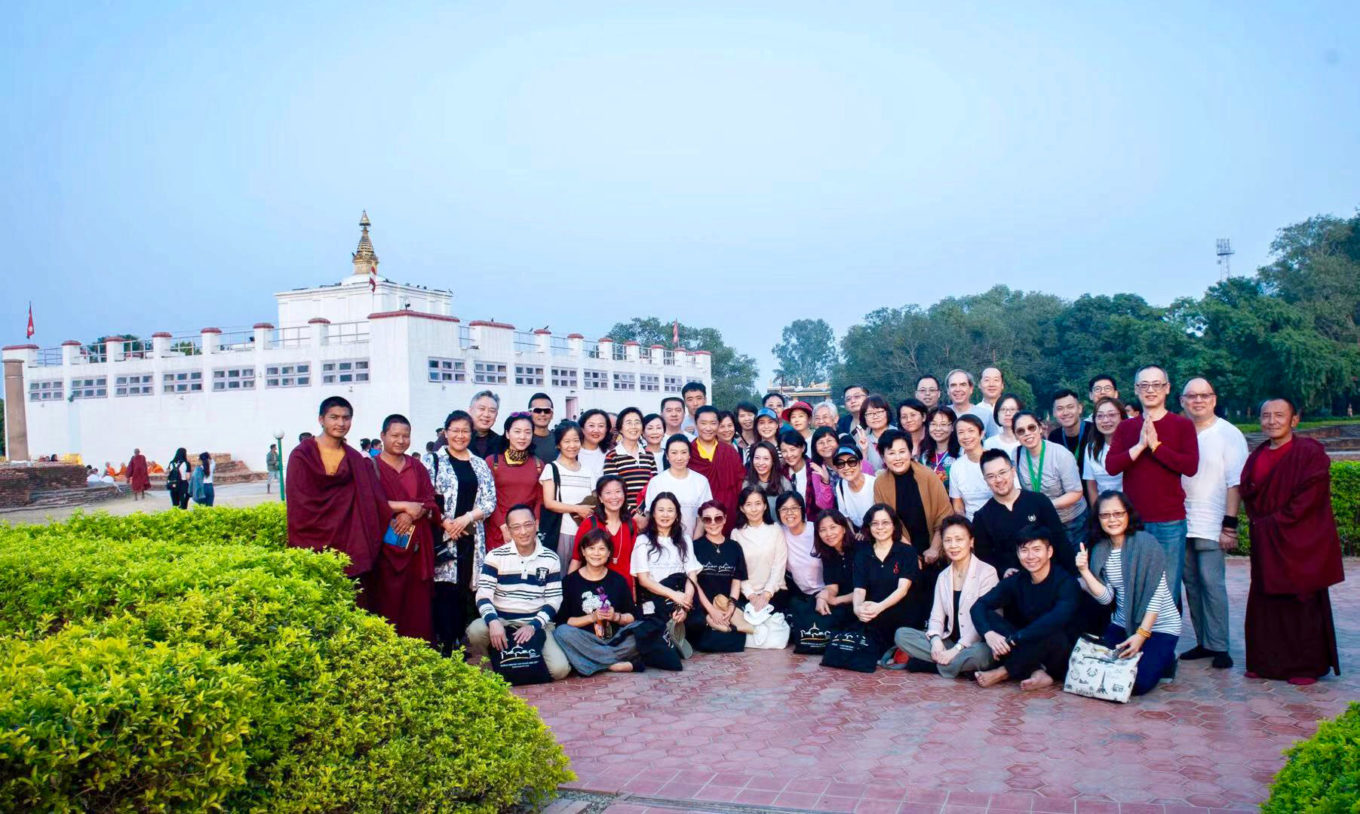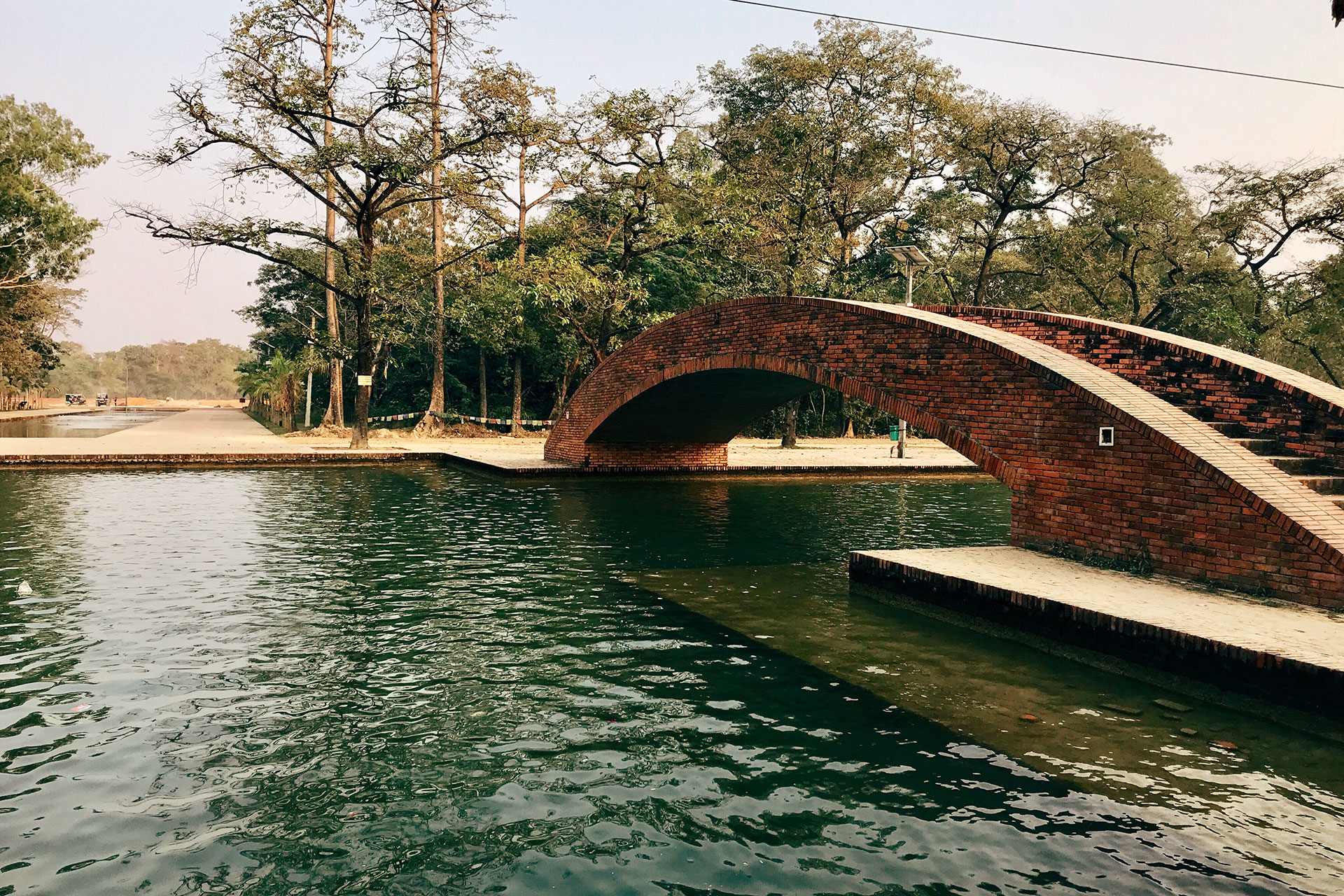In addition to our World Center for Peace and Unity, the rest of the Lumbini Park is also worth visiting.
The entire park is a north to south rectangle with an area of three square miles divided into three blocks, each covering one square mile, connected by a 1,474-meter-long pedestrian road and a central canal.
Located at the southernmost tip is the holy park ruins area. Surrounded by a huge circular artificial lake, it preserves the ruins of the Holy Land, including the Buddha’s Birthplace Memorial, the Ashoka Pillar, the Temple of Maha, and the old Lumbini Park. One of the most important locations in the area is a slate below the Holy Land. After the arduous and careful excavation of the famous Temple of the Lady of Maya, the slate was finally found in the lower three floors of the ruins. The slate foundation determined the exact location of the original Lady Maya temple, which is equivalent to the exact location of the birthplace of the Buddha.
The visitor service area at the northern end will provide hotel, restaurant and other related services. Along the central canal that runs through the park, the site of the birthplace at the southern end and the world peace tower at the northern end symbolize the historical heritage of the Dharma and the vision of peace in the future. Through the research institutions of the cultural centers, the connection between each practicing monastic group from various countries will be established.
The Cultural Center District contains academic and monastic districts, which symbolize the spirit of both theory and practice in the teachings of the Buddha. The academic district is located in the forest to the north of the district containing research centers, libraries, lectures and museums, all of which are used for the preservation of and research into Buddhism. In the temple area, there are forty-two plots of land, which are divided into east and west temples by the Central Canal and distributed to Buddhist monasteries of the Mahayana and Theravada traditions. The World Center for Peace and Unity is surrounded by monasteries from different countries, including France, Germany, South Korea, Thailand, Vietnam, India and China.



